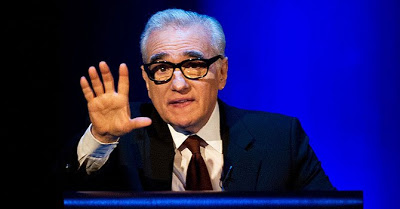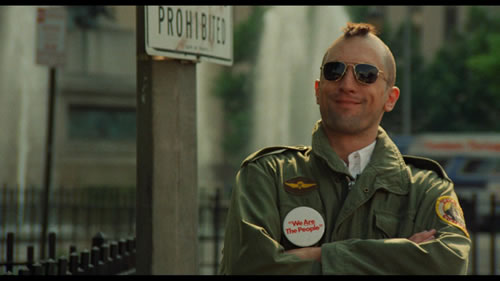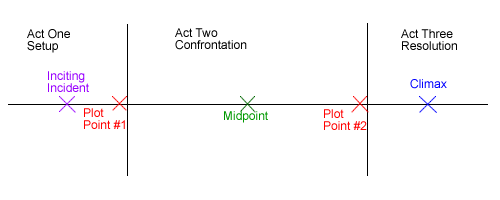If you’re looking to write a script or make a low budget film – there are several rules you have to follow. It’s a bit of a shame when considering film as an art form overall. Why should one follow certain rules as a result when expressing creative freedom? Well if you’re looking to make money and sell the script, you’re doing it for someone other than yourself. Its work. Its someone else’s rules.
Let’s look at it from a screen-writing side first.
1) Length. If you have this amazing idea and it’s a 3 hour epic of 180 pages (assuming the rough page to minute 1:1 ratio that people use), it could be the most profound thing ever. However, if you are not a big name that’s established in the industry or related to one, it will never get looked it. Too much of a risk, too intimidating for those readers perhaps.

2) Direction. Unless you plan on being the director too and funding the thing (in which case, why are you even reading this, were looking at you Mr. Scorsese) don’t be too keen on writing about how it should be shot unless it is 100% vital to that scene overall. Describe the background short and sweet and to the point. Be sparse with close-ups at best.
3) Dialogue. Yep, no long speeches here except maybe near the end. Make every bit of dialogue count. You know those moments where a random scene pops up in your head and the dialogue sounds great and you can’t wait to write that down for your new script? Well good luck finding a place for it to fit. Maybe spare it for another idea? Sure. Most of the time you won’t ever use it.

4) Character hooks
They need hooks. They need a style of dialogue, a style of movement and a quick but unique way of visualizing them. Sure, your goal is to let the actor/actress run with this, but it’s up to you to establish that. If you can switch out names in your script and no one notices, you’ve done that big mistake where all your characters seem a blur.
And…. How are your characters different? Whether positive or negative. Why did we just spend the last two hours watching them? Yes many movies now have that open ending which screams “sequel”. This is painful for one. Also this is for big budget films often based on things like comic books or previous hits. But you will need to set an level of connection from start to finish with each character. Known often as “character arc“.

5) The Three Act Structure.Yes that’s the image above, courtesy of rule in screenwriting for rookies. And veterans. Even Scorsese, sometimes – though unlike you, he can do this.
And what’s the climax? Good vs. Bad, sounds so cliché, but that’s how it goes. What’s the incident that gets things going early on? Raise the conflict within the first few pages. Not the story about it, not the background fluff, what is this truly about?
5b) More importantly. Page 1.Yes, I’m going to end with the start. Page one has to have a hook. Yep, right away. Capture the reader on page one. You hear about how people decide within 10 pages? That was likely written 10 years ago. 1. Page 1. Get straight to key dialogue and scenes that tell the story. Yes, it’s not ideal, yes its why there’s a trend of movies that flow like that; and yes you might not want to do this -well after you make it big, you can do whatever you want. Or just write it out anyway. Cause you’re in it truly for yourself, right? If so, then you truly are an artist.
As for Scorsese, not sure why the pun was intended. Some of his movies are my all time favorites. Some not so much. But it seemed fitting to call some of these elements the Scorsese rule. Cause he can do 3 hour movies if he wants. I certainly can’t. Directing version (which perhaps is more fitting) to come soon.